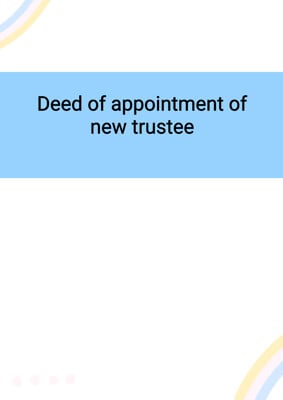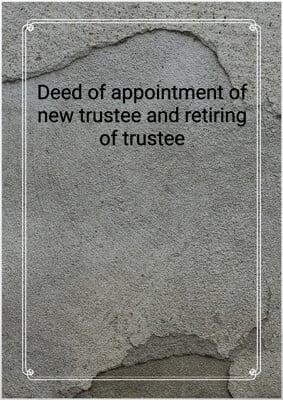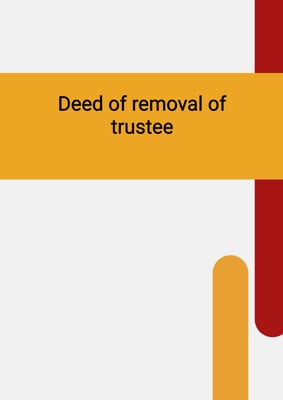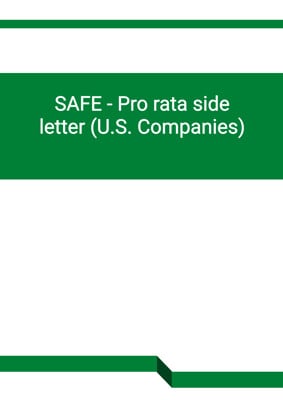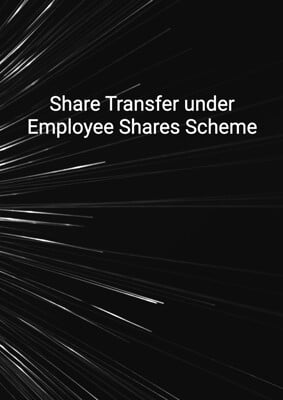How to Tailor the Document for Your Need?
01
Create Document
Fill in the details of the parties. You can click the "Fill with Member’s Information" button to complete it with information saved to your account.
02
Fill Information
Please fill in any additional information by following the step-by-step guide on the left hand side of the preview document and click the "Next" button.
03
Get Document
When you are done, click the "Get Document" button and you can download the document in Word or PDF format.
04
Review Document
Please get all parties to review the document carefully and make any final modifications to ensure that the details are correct before signing the document.
Document Preview
Document Description
The 'Deed of retirement of trustee' is a legal document that is supplemental to the definitive trust deed and rules. It is entered into between three parties: the principal employer (referred to as party 1), the continuing trustee (referred to as party 2), and the retiring trustee (referred to as party 3). The purpose of this deed is to govern the scheme known as 'name the scheme' and all the deeds listed in schedule 1.
The document begins by stating the current date and providing the principal place of business for each party. It highlights that the retiring trustees wish to resign as a trustee under the scheme, in accordance with clause clause of the deed and rules.
The agreement consists of three main clauses:
1. Retirement and discharge of the retiring trustee: With effect from the current date, the retiring trustee officially retires and is discharged from being a trustee of the scheme. Simultaneously, the scheme assets are vested in the continuing trustees jointly.
2. Execution of the deed: The deed can be executed in any number of counterparts, and each party can sign on separate counterparts. All the counterparts together constitute one and the same instrument.
3. Governing law: The deed is governed by and to be construed in accordance with the laws of the jurisdiction applicable therein.
The document concludes with the signatures of the duly authorized representatives of the parties.
Schedule 1 lists the deeds that are included in the agreement.
How to use this document?
To use the 'Deed of retirement of trustee' document, follow these steps:
1. Review the document: Familiarize yourself with the content and understand its purpose. Ensure that all parties involved in the retirement of the trustee are identified correctly.
2. Fill in the details: Enter the names of the parties involved (party 1, party 2, party 3) and their respective principal places of business. Make sure the information is accurate.
3. Understand the retirement process: Read clause clause of the deed and rules to understand the process and requirements for retiring as a trustee under the scheme.
4. Execute the retirement: With the agreement of all parties involved, the retiring trustee officially retires and is discharged from being a trustee of the scheme. The scheme assets are then vested in the continuing trustees jointly.
5. Sign the deed: The deed can be executed in any number of counterparts. Each party should sign on separate counterparts, and all the counterparts together will constitute the complete instrument.
6. Consider legal implications: As this deed is governed by specific laws, consult with legal professionals to ensure compliance with the jurisdiction's applicable laws.
7. Retain copies: Keep copies of the executed deed for record-keeping purposes and future reference.
Note: This guidance provides a general overview of the steps involved in using the document. It is recommended to seek legal advice or assistance for specific situations or if further clarification is needed.
Not the right document?
Don’t worry, we have thousands of documents for you to choose from:

